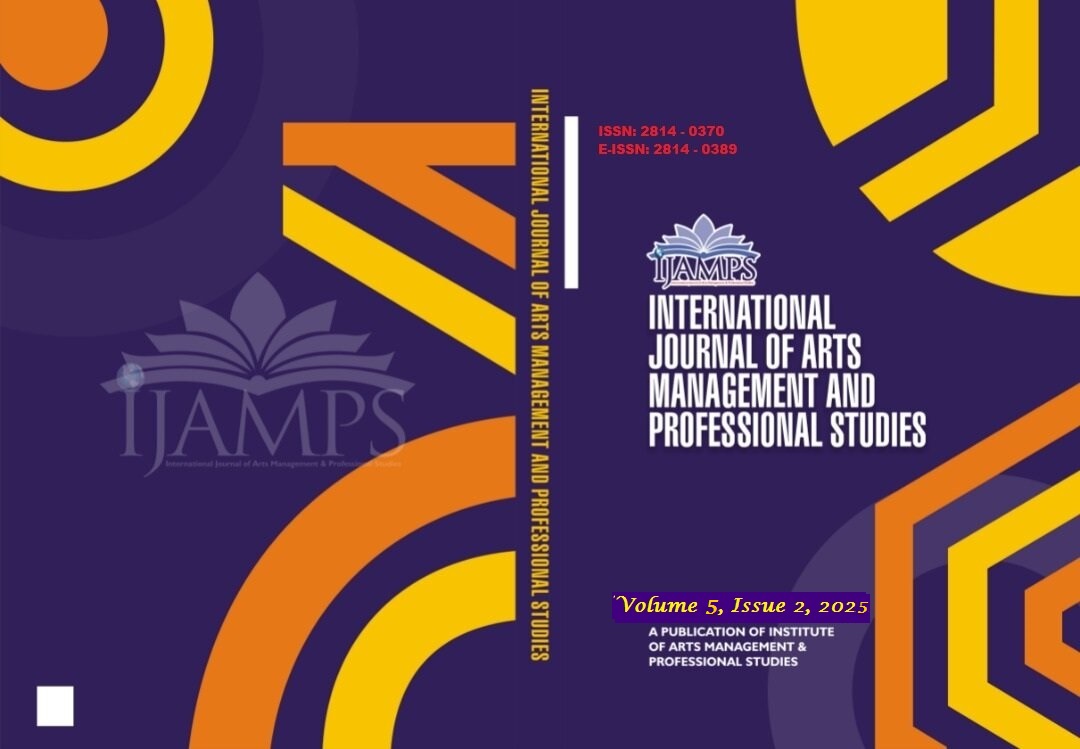
POLITICAL POLARISATION AND PUBLIC ADMINISTRATION: NAVIGATING GOVERNANCE IN A DIVIDED AMERICA
Eze Chidi Nwauba
Volume 5, Issue 2, June 2025
Using a quantitative research approach, this study investigated how political polarisation in the U.S. affected public administration and governance between 2020 and 2025. This paper aimed to determine the division between the Democratic and Republican parties and how the gap relates to government efficiency and satisfaction among the citizens using opinion polls. Time series regression analysis was conducted to assess the impact of such measures, including agency backlog time, time taken to process other agencies, complaint rates, and participation in the programme. These findings indicated an inverse relationship between polarisation and the efficiency and satisfaction levels reached by the government. With each growing separation of parties, bureaucratic deadlock escalated the population's confidence in government diminished, and the productivity of public bureaucracies suffered. Some previous studies established that polarisation contributed to long wait times, huge backlogs, high complaining prospects and low responses to governmental programmes. Public administration was, therefore, challenged in terms of polarisation, which threatened people's confidence and compromised the bureaucratic neutrality of the act. To this end, it was recommended that public administrators step up their activity in engaging citizens, increase their concern with efficiency and adopt an organisational culture that responds to these recommendations. The paper discussed the need for bridging strategies, recommitting to the societal mission of public service, and strategic visioning to ensure governance operations when the country is polarised. Thus, further research was advised to extend the work by analysing how polarisation affects various policies and countries to identify practical solutions.